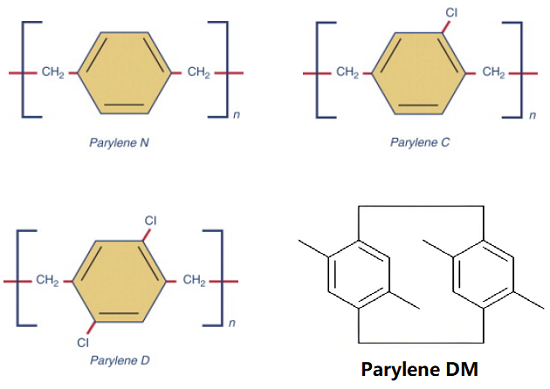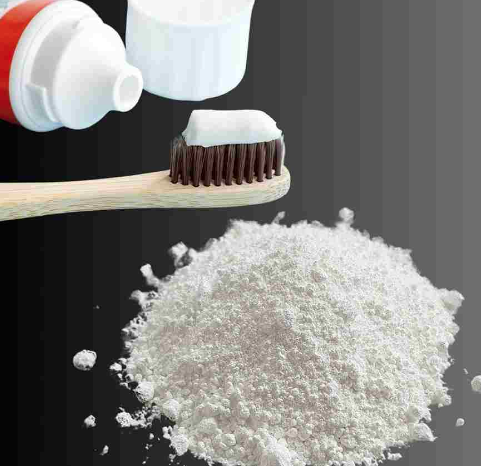Parylene N, Parylene C, Parylene D, and Parylene DM
Parylene
In the mid-1990s, Union Carbide Co. of the United States developed and applied a new type of conformal coating material: a polymer of paraxylene.
Parylene is the common name for a class of polymers called poly-para-xylylene. The basic member of the series, called parylene N, is a completely linear, highly crystalline material. The commercialization of parylene coating was initiated with the realization that the dimeric form was stable and with the development of a vapour-phase deposition process. It has been used in a wide variety of applications, such as encapsulation for microelectronic circuits, interlayer dielectrics, and for strengthening wire bonds in microchip packaging. Similarly, several applications of parylene in microfluidics include microchannels, microvalves, membrane filters, and other micromachined devices.
According to different molecular structures, Parylene can be divided into N-type, C-type, D-type, HT-type, and other types. It is commercially available in three forms, which are variations of a basic polymer backbone of xylylene formed by replacing 1–4 atoms in the benzene ring. Parylene C and D are other variations with chlorine atoms at various positions in the basic backbone.
Parylene N
Parylene N is a common and widely used conformal coating. Often considered a basic type of coating because the product has many applications. Parylene N has a melting point of 420°C (or 788°F), has unique vacuum stability, and has proven very useful in high-frequency applications.
Parylene C
Parylene C is highly resistant to corrosive gases, moisture, vapour, and various chemicals. The coating can protect products for up to 10 years in extreme environments. Because of these characteristics, Parylene C is used for most products that need a conformal coating for protection.
Parylene D
Parylene C and D are very common in characteristics. However, Parylene D has a slightly higher temperature tolerance. This coating provides reliable assembly protection at 100°C (commonly known as the point at which water boils) in oxygen-dominated areas.
Parylene DM

Parylene DM combines excellent barrier, electrical insulation, and mechanical properties. It can provide excellent moisture protection and resist corrosive solvents and gases, and it can meet the needs of industries with particularly high environmental requirements.
Parylene DM has many features, such as being Moisture-proof, Good mechanical performance, Non-corrosive, Good UV stability, Good barrier performance, Good electrical performance, Good thermal stability, Excellent dielectric performance, Excellent lubricity, waterproof, Chemical resistance, Thin wall thickness. It is widely used in Electrical components and Medical equipment.


